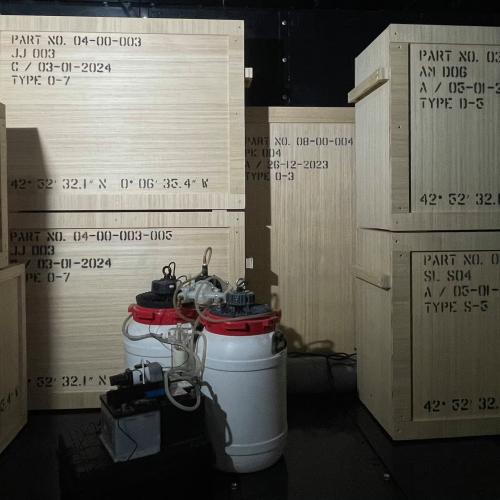Related Stories
Fukushima Daiichi begins pumping groundwater into Pacific
Key Excerpts from Article on Website of The Guardian (One of the UK's leading newspapers)
Posted: May 26th, 2014
http://www.theguardian.com/environment/2014/may/21/fukushima...
The operator of the wrecked Fukushima Daiichi nuclear power plant has started pumping groundwater into the Pacific ocean in an attempt to manage the large volume of contaminated water at the site. Tokyo Electric Power (Tepco) said it had released 560 tonnes of groundwater pumped from 12 wells located upstream from the damaged reactors. The water had been temporarily stored in a tank so it could undergo safety checks before being released, the firm added. The buildup of toxic water is the most urgent problem facing workers at the plant, almost two years after the environment ministry said 300 tonnes of contaminated groundwater from Fukushima Daiichi was seeping into the ocean every day. The groundwater, which flows in from hills behind the plant, mixes with contaminated water used to cool melted fuel before ending up in the sea. Officials concede that decommissioning the reactors will be impossible until the water issue has been resolved. The bypass system intercepts clean groundwater as it flows downhill toward the sea and reroutes it around the plant. It is expected to reduce the amount of water flowing into the reactor basements by up to 100 tonnes a day ... and relieve pressure on the storage tanks, which will soon reach their capacity. But the system does not include the coolant water that becomes dangerously contaminated after it is pumped into the basements of three reactors that suffered meltdown after the plant was struck by an earthquake and tsunami in March 2011. That water will continue to be stored in more than 1,000 tanks at the site, while officials debate how to safely dispose of it.
Note: For more on the devastating impacts of nuclear power, see the deeply revealing reports from reliable major media sources available here.
Related Stories
Latest News
Key News Articles from Years Past












































































